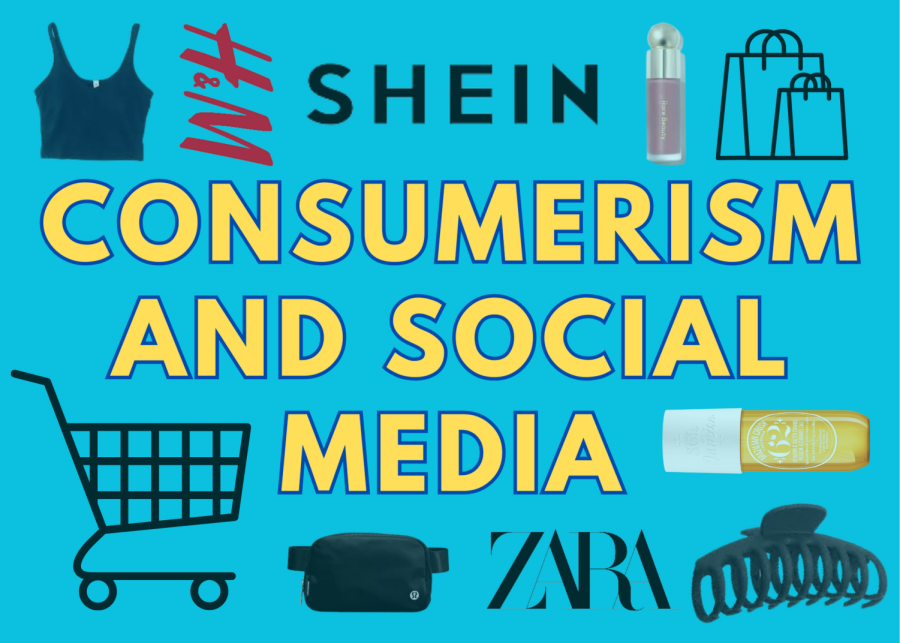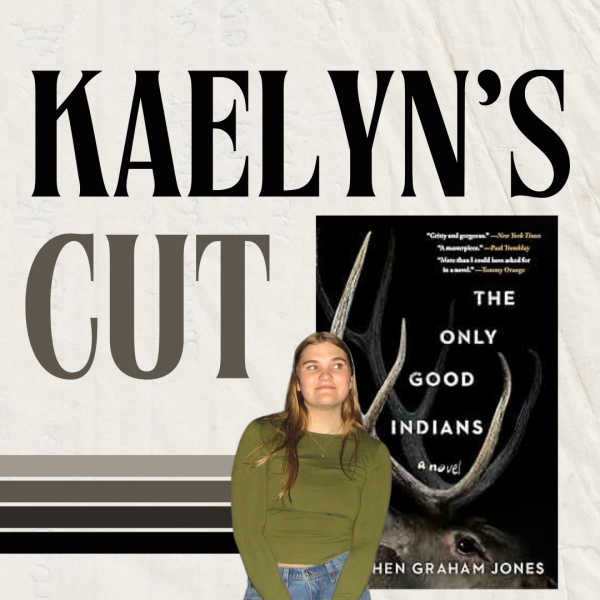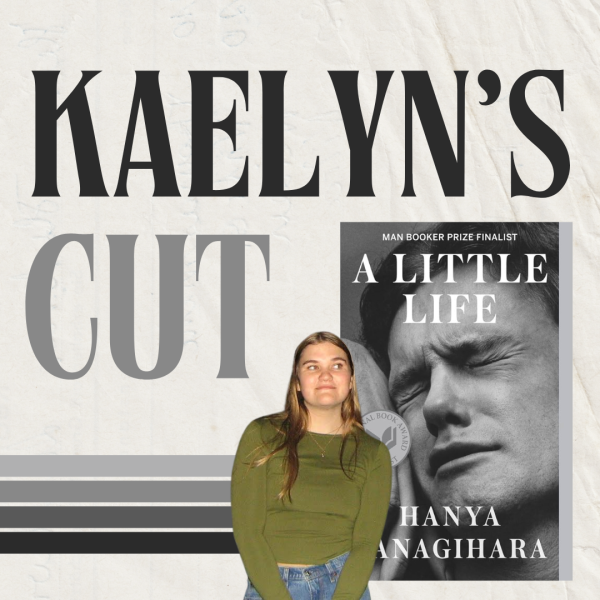Consumerism and Social Media
Social media trends are encouraging consumption habits that are harmful both financially and environmentally.
On social media apps such as TikTok items and brands can quickly gain popularity and become trendy.
It’s no surprise that the average American lifestyle includes a culture of overspending. American consumerism reached an all-time high during the 1950s and 60s, the postwar era known as ‘The Golden Age of Consumerism.’ Manufacturers began mass-producing goods at a lower quality, resulting in lower costs to consumers. The increase in productivity brought a rise in the negative environmental impact.
The Digital Era has brought a new wave of consumer culture. Now, more than ever, it is easier to access and purchase products and services online. Brands are able to market directly to their target customers using demographic data.
Social media plays a huge role in online marketing trends. TikTok, in particular, promotes excessive spending. Influencers work directly with companies to promote their products to their audiences, primarily made up of children and teens, who are often without financial awareness.
TikTok’s new feature, TikTok Shop, allows users to make purchases directly from videos in the app and enables content creators to make commissions by promoting products. While this is not inherently harmful, it does normalize the practice of over-purchasing and users can end up buying unnecessary merchandise.
Another harmful consumption trend promoted by social media is hauls- buying many products for the purpose of sharing on social media. Influencers go on several hundred-dollar shopping sprees for new clothes, makeup, and skincare products and promote unhealthy spending habits to young, impressionable audiences.
Social media also encourages micro trends which rise to popularity quickly and then leave the trend cycle faster than regular trends. These short-lived microtrends go hand-in-hand with fast fashion, exploitative labor, and detrimental environmental impacts. Shopping websites like Shein, Zara, and H&M are able to mass-produce low-quality items to sell at low costs to consumers, with some sites listing over 10,000 new items a day (The Guardian). These low prices, combined with quick delivery make it easy for consumers to stay up-to-date on the latest trends. The impact fast fashion has on the planet is immense. Toxic dyes pollute waterways, cheap textiles derived from fossil fuels contribute to global warming, and massive amounts of waste are created every year.
There are many ways to be more thoughtful and sustainable in your consumption habits. The main way is through conscious consumerism or purchasing in a way that positively impacts society, by supporting ethical companies and environmentally green manufacturing. It is also important to avoid giving in to impulses when online. The easiest way to do this is to reduce the amount of time spent on shopping apps and websites. Also, consider your motivation for buying a specific item. Are you buying something because you saw your favorite influencer use it? Or do you actually need it? It also helps to ensure that you are purchasing from sustainable brands and sources. Thrifting is a great way to find quality items at reasonable prices and also to keep waste out of landfills.

Kaelyn is a senior at Liberty, and this is her third year on the Live Wire staff. At Liberty, she participates in NHS, garden club, SEA club, and softball....








